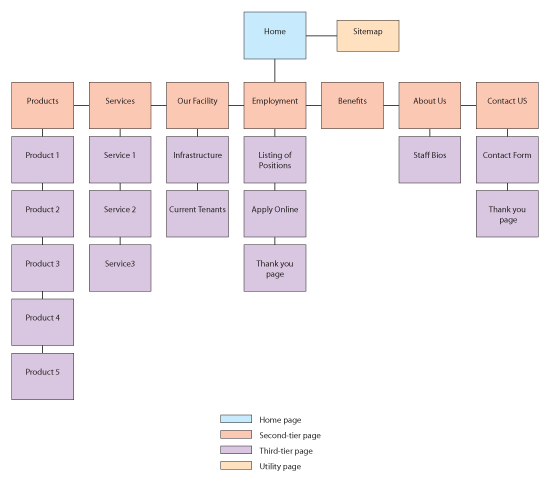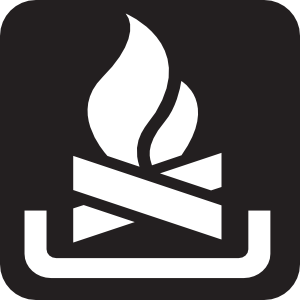Have a great Spring Break and St. Pattie's Day!
Here's some fun ascii art to get you excited for the time you'll be spending apart from your web designing:
.-----. ()()
/ \ .'()
|__...__|/
|_....._|
.-' ___ '-.
\_.-`a a`-._/
__ .--. _ (|\ (_) /|)
.-;.-"-.-;`_;-, ( \_=_/ )
.(_( `)-;___),-;_), _(_ _)_
(.( `\.-._)-.( ). ) /` ||'-'|| `\
,(_`'--;.__\ _).;--'`_) _ /_/ (_>o<_) \_\
// )`--..__ ``` _( o )'(';,)\_//| || : || |\\
\;' ````` `\\ '.\\--' |`"""""""`|//
/ ':.___// \___,___/\_(
| '---'| |__|__|
; ; ;""|"";
\ / [] | []
'. .' .' / \ '.
'-,.__ __.,-' `--' `--'
(___/`````````\___)
*** ***
***....** **...***
**........** **.......**
*** **..........*.........** ***
**.....** **..................** **.....**
**.........** **..............** **.........**
*..............* *..........* *..............*
**..............* *......* *..............**
**..............** *....* **..............**
*......................................*
**..............**........**..............**
**..............* *....* *..............**
*..............* *....* *..............*
**.........** *....* **.........**
**.....** *....* **.....**
*** **....* ***
** * * *
_ _ _____ ____ ____ _ _
( ) ( ) ( _ ) ( _ \ ( _ \ ( ) ( )
| |_| | | (_) | | |_) )| |_) ) \ \_/ /
| _ | | _ | | ,__/ | __/ \ /
| | | | | | | | | | | | | |
(_) (_) (_) (_) (_) (_) (_)
____ _____ ____ _____ _____ ____ _ ___ _ _ _ ____
( _ \(_ _) ( _ \ ( _ )(_ _)( _ \ ( ) / _ \ ( ) ( )( )( _ \
| (_(_) | | | |_) )| (_) | | | | (_) )| || ( (_)| |/ / |/ | (_(_)
_\__ \ | | | __/ | _ | | | | / | || | _ | , < ' _\__ \
( )__) | | | _ | | | | | | | | | |\ \ | || (_( )| |\ \ ( )__) |
\_____) (_)(_) (_) (_) (_) (_) (_) (_)(_) \___/ (_) (_) \_____)
____ _____ _ _ __
( _ \ ( _ )( ) ( ) ( )
| | \ \ | (_) | \ \_/ / | /
| | ) )| _ | \ / |/
| |_/ / | | | | | | _
(____/ (_) (_) (_) (_)
But for some of you, your clovers will look more like this....
__ _.--..--._ _
.-' _/ _/\_ \_'-.
|__ / _/\__/\_ \__|
|___/\_\__/ \___|
\__/
\__/
\__/
\__/
____\__/___
. - ' ' -.
/ \
~~~~~~~ ~~~~~ ~~~~~ ~~~ ~~~ ~~~~~
~~~ ~~~~~ ~aloha!~~ ~~ ~ ~ ~ ~


































